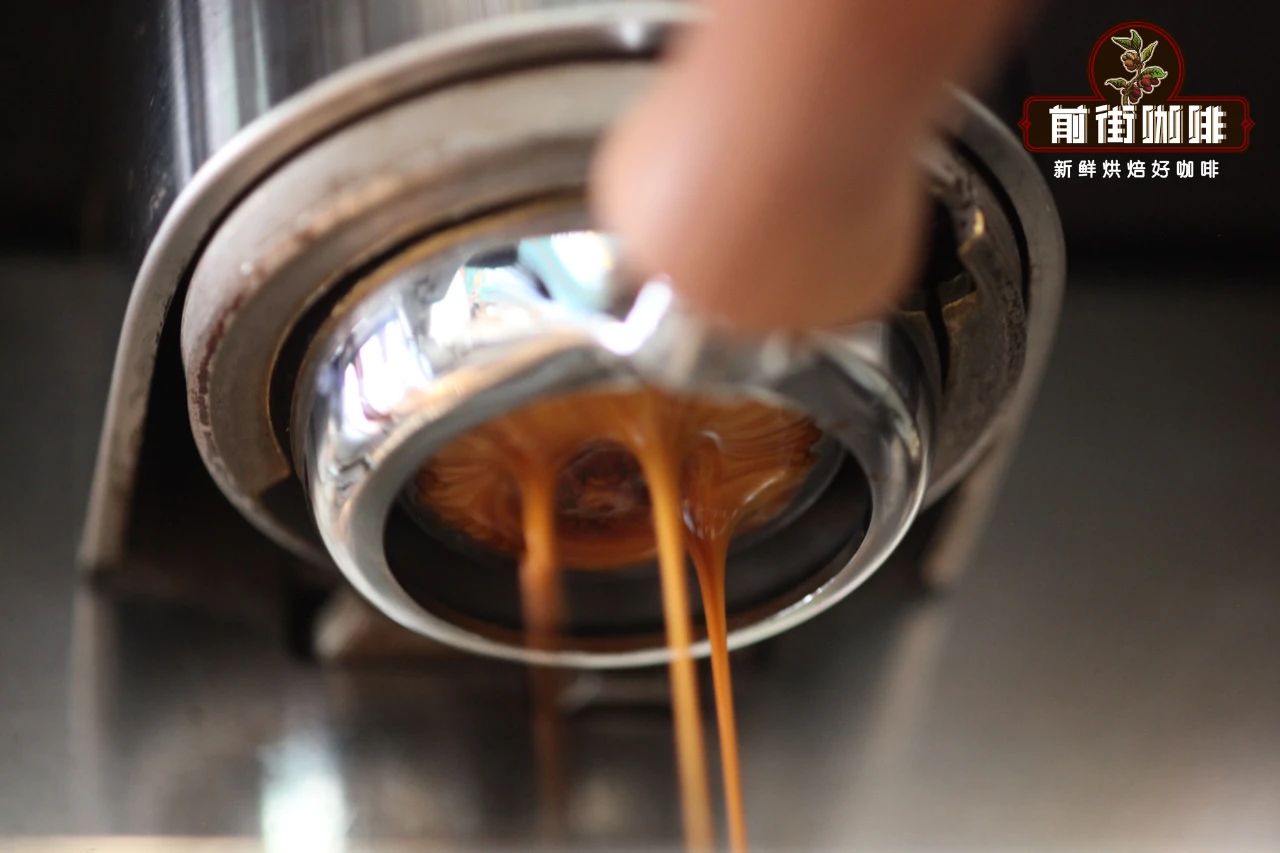How old is coffee growing in Brazil?| Brazilian coffee beans are expensive.

Professional coffee knowledge exchange more coffee bean information please follow the coffee workshop (Wechat official account cafe_style)
As we all know, Brazil is not only a "football kingdom", but also a country surrounded by palm trees and coffee. Some people call Brazil the giant and monarch of the coffee world.
History of Brazilian Coffee
Brazil's coffee production is the highest in the world and one of the oldest coffee producing areas in the world. So how on earth did Brazilian coffee come from?
It is said that in 1727, the Portuguese officer Pachta sent her some coffee seeds in order to tempt the wife of the Governor of French Guiana. Due to the climate, altitude and other reasons, the cultivation of coffee was not so ideal at first. It was not until 1774 that a Belgian missionary tried to grow coffee in warmer parts of southern Brazil, and coffee spread in Brazil ever since.
Brazilians love coffee unmatched in other countries, but it is not as common people say that Brazilians drink an average of seven cups of coffee a day. According to the Brazilian Association of Agriculture and Industry, Brazilians drink about four cups of coffee a day. There is no doubt that coffee has become one of the important symbols of Brazil.
After opening their eyes every morning, Brazilians have a cup of coffee, and the coffee that Brazilians like to drink is Bica. Bica is a kind of espresso, is a kind of coffee in a small cup, rich and mellow taste, refreshing is also immediate results.
Brazilians can be said to drink coffee around the clock. In Brazil, wherever you go, whether it's early morning or sunset, you can always get a cup of coffee, not our Italian concentrate, our cappuccino or latte, but the coffee in a mini cup is indeed the sustenance of Brazilians for their beautiful dreams.
When you ask a passer-by on the streets of Brazil, no matter how old he is, he will tell you, "my day must start with coffee and end with coffee. I drink it with hot water whenever I want. I basically drink 7 small cups a day. Sometimes more."
Many people don't like Brazilian coffee because most Brazilian coffee has low acidity and sweet taste, but if you taste it carefully, you will find that Brazilian coffee has a very complex flavor system. In particular, the coffee produced in the coastal areas of northern Brazil has an obvious iodine flavor, which can be unconsciously reminiscent of the sea after drinking. Most of them are exported to North America and the Middle East, and are deeply loved by the local people.
Before World War II, Brazilian coffee production accounted for 50% of the world's total production, now close to 30%, but now Brazil's impact on global coffee, especially the impact of coffee prices is still significant. For example, in 1994, there were two big frosts in Brazil, which made coffee unharvested, causing a sharp rise in global coffee prices.
For people who have lived in Brazil, it is easy to be infected by the Brazilian coffee culture, where coffee is as addictive as alcohol.
There are many folk songs about coffee in Brazil, one of which can accurately express the Brazilian people's love for coffee: "Coffee must be as black as the devil, as hot as hell, as pure as an angel and as sweet as love." Sitting in a cafe, the familiar music and the smell of coffee always bring inexplicable peace of mind, and this wasted time is worth remembering and precious.
Brazilian coffee price
Among the many factors affecting the rise in coffee prices in September, one factor lasted almost throughout September-the "spring rain market" in Brazil. When there is dry and little rain in the coffee producing areas of Brazil, the price of coffee tends to rise, but when there is sporadic rain in the coffee producing areas of Brazil, the price of coffee falls again, and when the rain stops, the price rises again.
With the continuous fluctuation of "rain-rain stop-rain stop-rain stop" in Brazil, the international coffee futures price naturally forms a larger amplitude. On the other hand, the rainfall in Brazil directly affects the production of Brazilian coffee, so it has a lower impact on the domestic coffee price index.
So in the end, the price amplitude of international coffee futures will be larger than that of Chinese coffee bean price index in September.
END
Important Notice :
前街咖啡 FrontStreet Coffee has moved to new addredd:
FrontStreet Coffee Address: 315,Donghua East Road,GuangZhou
Tel:020 38364473
- Prev

What kind of coffee beans are grown in Brazil? what are the advantages of growing coffee in Brazil?
Professional coffee knowledge exchange more information about coffee beans Please follow the coffee workshop (official Wechat account cafe_style) mention the origin of coffee, the first thing people think of is Brazil in South America, because it is the largest coffee producer in the world. There are many kinds of coffee in Brazil, most of which are unwashed and sun-dried, and are classified according to the name of the state of origin and the port of transport.
- Next

Unstable extraction pressure adjustment method of coffee machine Coffee mechanism for coffee skill teaching
Professional coffee knowledge exchange more coffee bean information please follow the coffee workshop (Wechat official account cafe_style) espresso machine, refers to the production of espresso espresso, and espresso with milk and other fancy coffee lattes. And there is semi-automatic Italian style on the market.
Related
- Beginners will see the "Coffee pull flower" guide!
- What is the difference between ice blog purified milk and ordinary milk coffee?
- Why is the Philippines the largest producer of crops in Liberia?
- For coffee extraction, should the fine powder be retained?
- How does extracted espresso fill pressed powder? How much strength does it take to press the powder?
- How to make jasmine cold extract coffee? Is the jasmine + latte good?
- Will this little toy really make the coffee taste better? How does Lily Drip affect coffee extraction?
- Will the action of slapping the filter cup also affect coffee extraction?
- What's the difference between powder-to-water ratio and powder-to-liquid ratio?
- What is the Ethiopian local species? What does it have to do with Heirloom native species?

